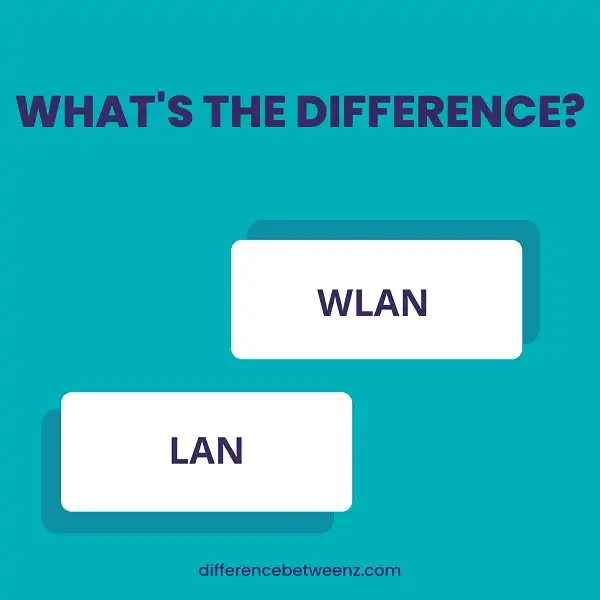Are you having trouble distinguishing between a WLAN and LAN? You’re not alone. Many people are unclear on the differences between these two types of networks. In this blog post, we will clear up any confusion and explain the key differences between WLANs and LANs. We’ll also discuss the benefits of each type of network. Stay tuned!
What is WLAN?
WLAN stands for wireless local area network. A WLAN is a type of computer network that uses radio waves to communicate data between equipment, similar to how a cell phone network operates. WLANs are often used in office buildings, public spaces, and homes where it would be impractical to run Ethernet cables. WLANs typically have a range of about 100 meters (328 feet), though their reach can be increased by using repeaters or other signal-boosting devices. WLANs operate in either the 2.4 GHz or 5 GHz frequency bands, and most devices are compatible with both standards.WLANs typically consist of a router that connects to an internet service provider, as well as one or more access points that wirelessly connect devices to the network. WLANs can be set up using either WEP or WPA security protocols to encrypt data and prevent unauthorized access.
What is LAN?
LAN stands for Local Area Network and is a network of computers that share a common communications line or wireless link. LANs can be small, linking as few as three computers, or they can be large, linking hundreds or even thousands of computers. A LAN typically spans a single geographic area such as an office building, school, or home. Computers connected to a LAN can share electronic mail, files, printers, and hard drives as well as exchange data in real-time. LANs are used to connect personal computers at home and in small offices and workgroups in larger organizations. LANs generally provide higher data rates than wide-area networks (WANs), which connect different LANs. WAN links usually connect at lower data rates over greater distances. Data carried by LANs are known as packets; data carried by WANs are called frames. The transmission medium for both LANs and WANs may be twisted pair wire cable, coaxial cable, optical fiber, or wireless radio waves. A cable connects each node on the network to the hub through which all messages travel.
Difference between WLAN and LAN
Local area networks (LANs) and wireless LANs (WLANs) are very similar in many respects. Both types of networks consist of a group of computers and other devices that are connected together so that they can communicate with each other. However, there are some important differences between LANs and WLANs. Perhaps the most significant difference is that LANs use cables to connect devices, while WLANs use wireless signals. This means that WLANs are much easier to set up and expand than LANs. In addition, WLANs offer more flexibility in terms of where devices can be located, as there is no need to run cables to connect them. However, WLANs can be more vulnerable to interference than LANs, and they typically offer lower data rates than LANs.
Conclusion
In conclusion, WLANs are more beneficial than LANs in a number of ways. They provide greater speeds, increased security, and are easier to set up. If you are looking for a better networking option for your business, then a WLAN is the way to go.


